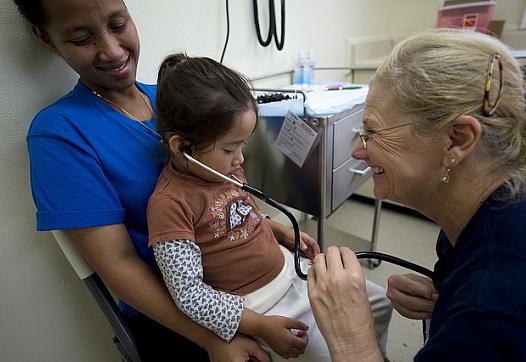
The ACA expanded insurance coverage, but many children throughout the country are still not receiving important health care benefits. The extent of the coverage exclusions varies widely depending upon which state a child calls home.

The ACA expanded insurance coverage, but many children throughout the country are still not receiving important health care benefits. The extent of the coverage exclusions varies widely depending upon which state a child calls home.

On Wednesday, the White House hosted a summit on early education where President Obama touted a $1 billion public-private spending package to bolster high-quality preschool and Early Head Start programs. That may sound like an education story, but it's worth remembering it's a health story, too.

As the pool of uninsured shrinks, public hospital systems must increasingly compete for newly insured patients. “We're forcing public hospitals to compete in one of the most competitive industries that has ever existed in the economy,” said one county health director.

After months of reporting on immigrants' experiences in enrolling for health coverage, reporter Momo Chang still didn't have the long cover story she'd envisioned. But she stayed flexible and ended up with a compact news story that focused on a single facet of immigrant enrollment.
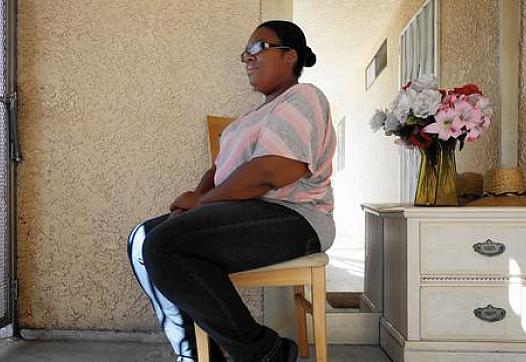
Researchers and advocates for underserved, hard-to-reach patient groups are betting that health programs on mobile phones will soon usher in major advances in the treatment of diabetes, heart disease and other chronic conditions.
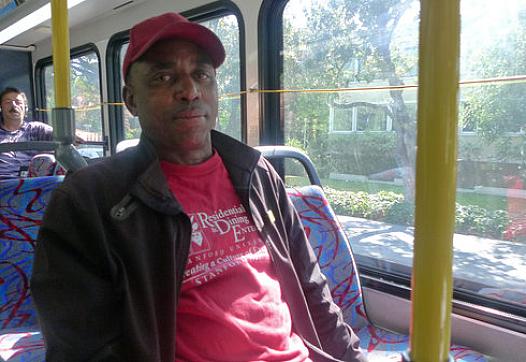
Millions of Californians still don't have health insurance. Undocumented people don't qualify for Obamacare benefits, and many others still find coverage too expensive. Leaburn Alexander, a 53-year-old night janitor at a hotel near San Francisco International Airport, is among the latter.
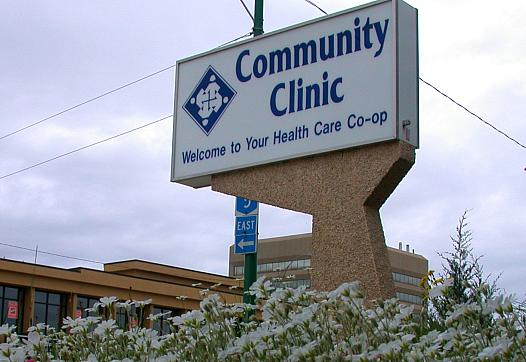
With millions of their patients newly insured because of health care reform, community health centers, once viewed as providers of last resort, are remaking themselves as providers of choice.
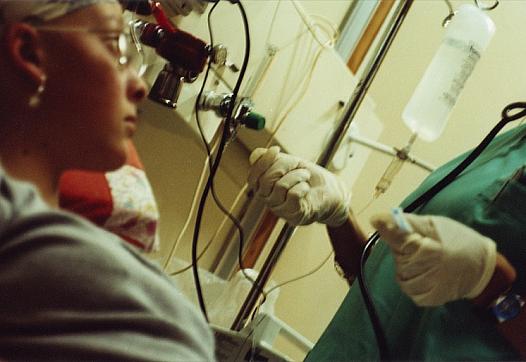
An ocean view and a smoothie bar do not have any bearing on the quality of health care being delivered by doctors, nurses, and hospital staff. Wouldn’t it be nice if there were a simple way to compare hospitals?

What’s the price of a human life? In this part of our series “At the Crossroads: The Rise of Hepatitis C and The Fight To Stop It,” we'll tell you what value health economists put on human life.
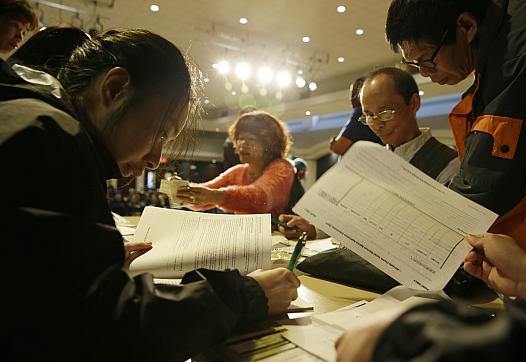
As the number of California Medicaid enrollees signing up for coverage has grown, the number of doctors hasn't always been able to meet the demand for care. The problem has been especially acute among Chinese-Americans, many of whom struggle to find physicians willing to see them.